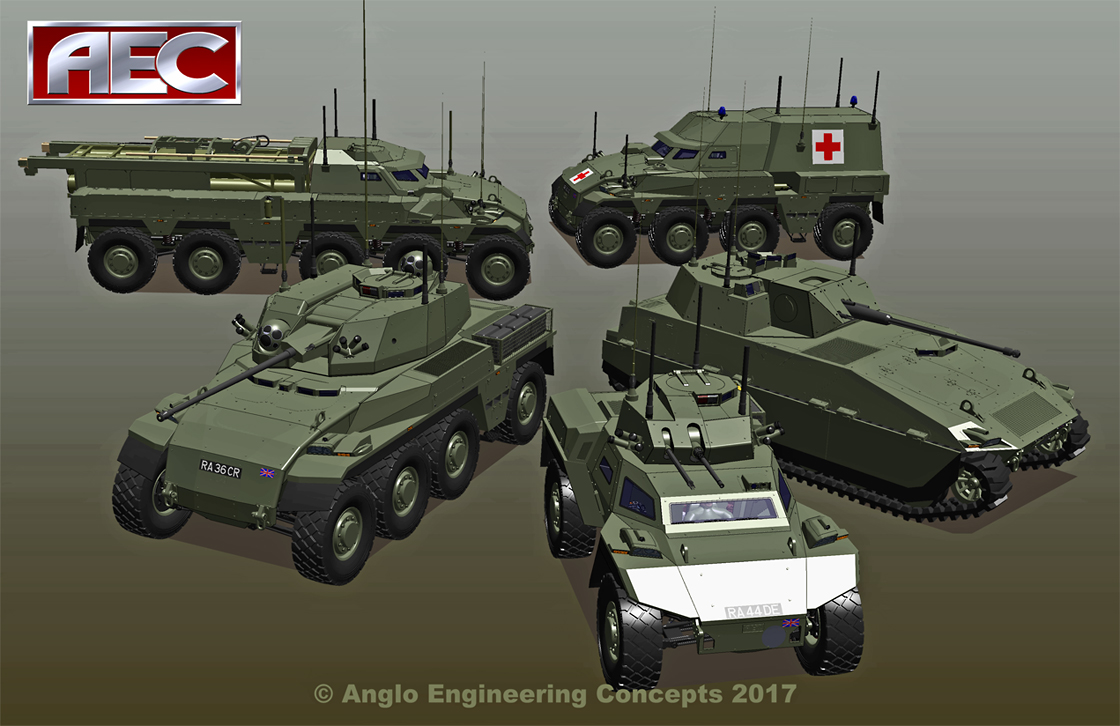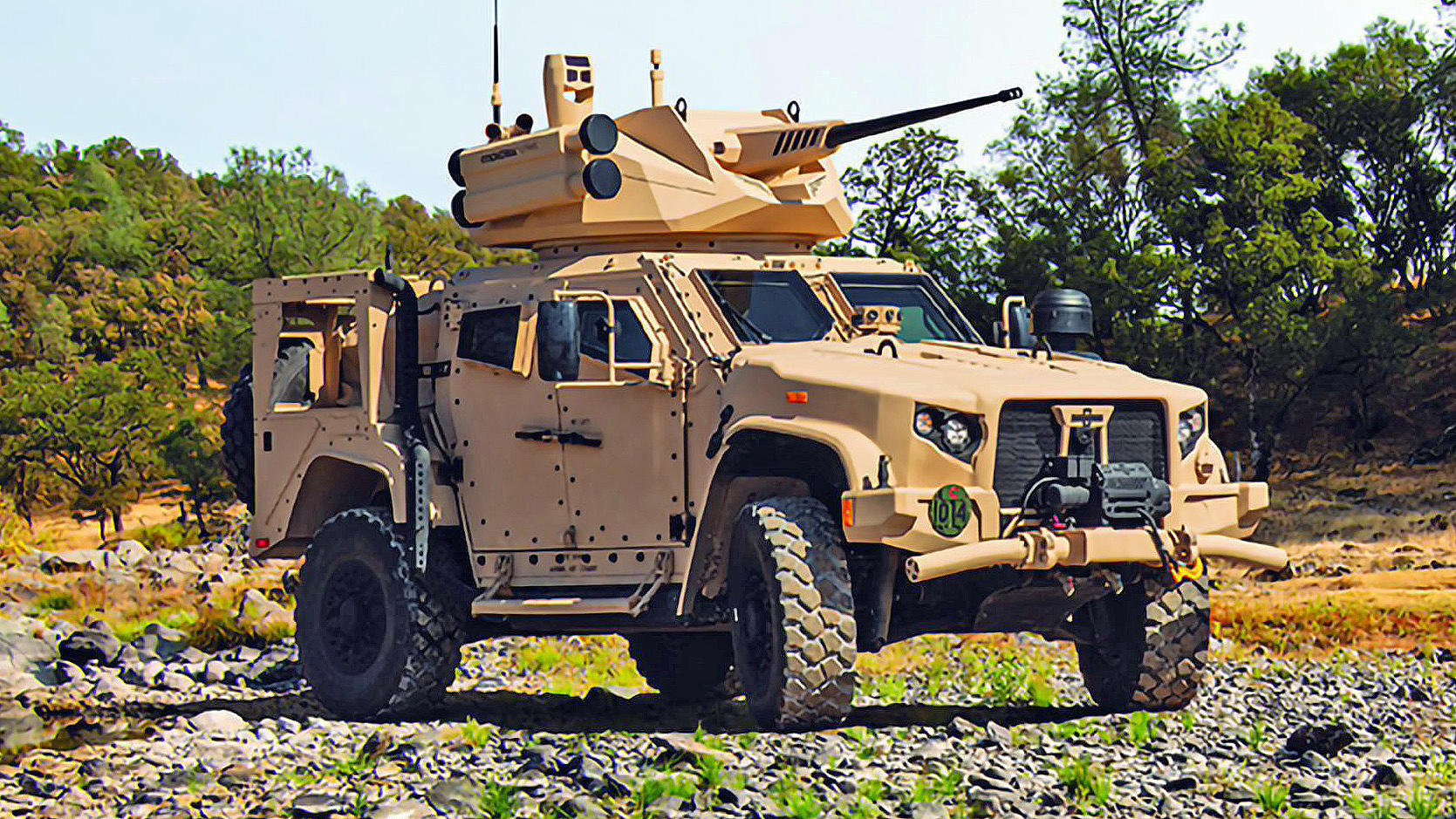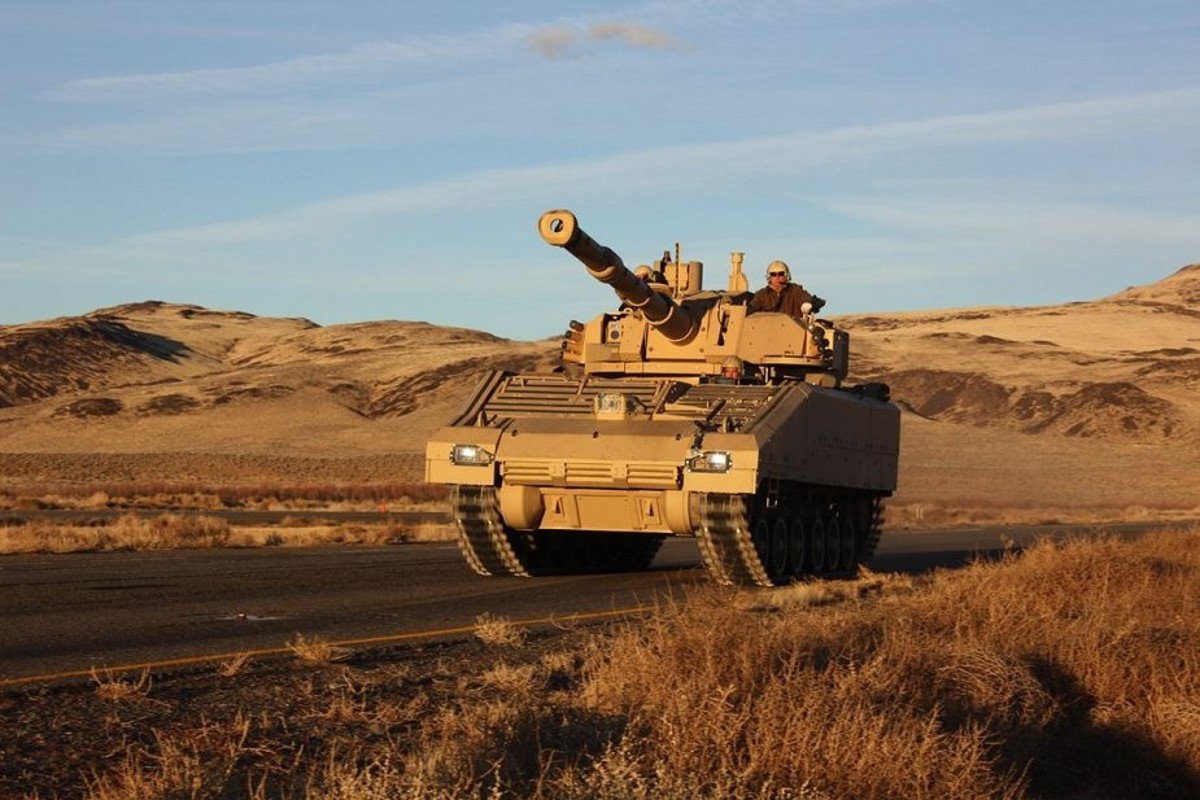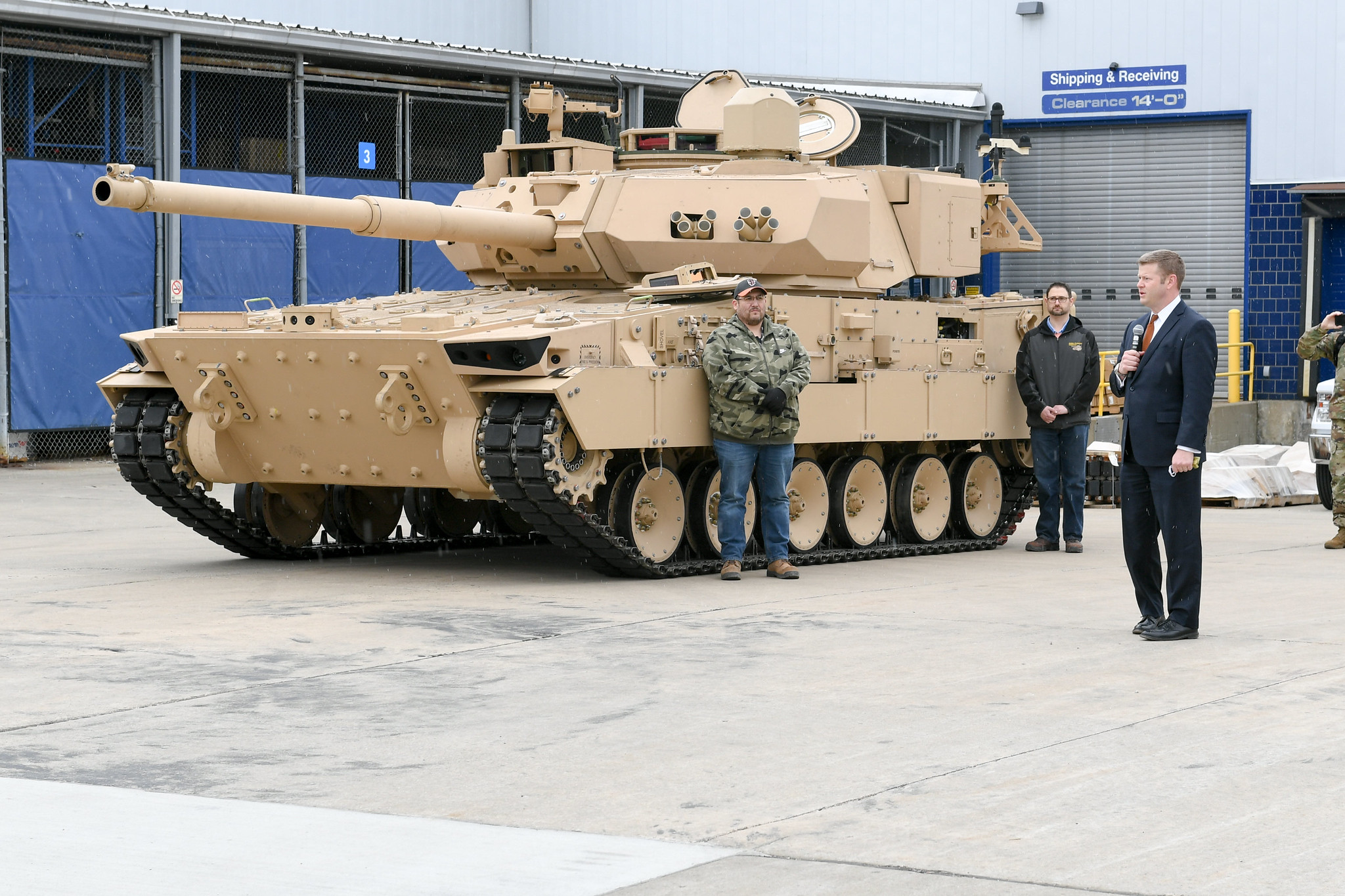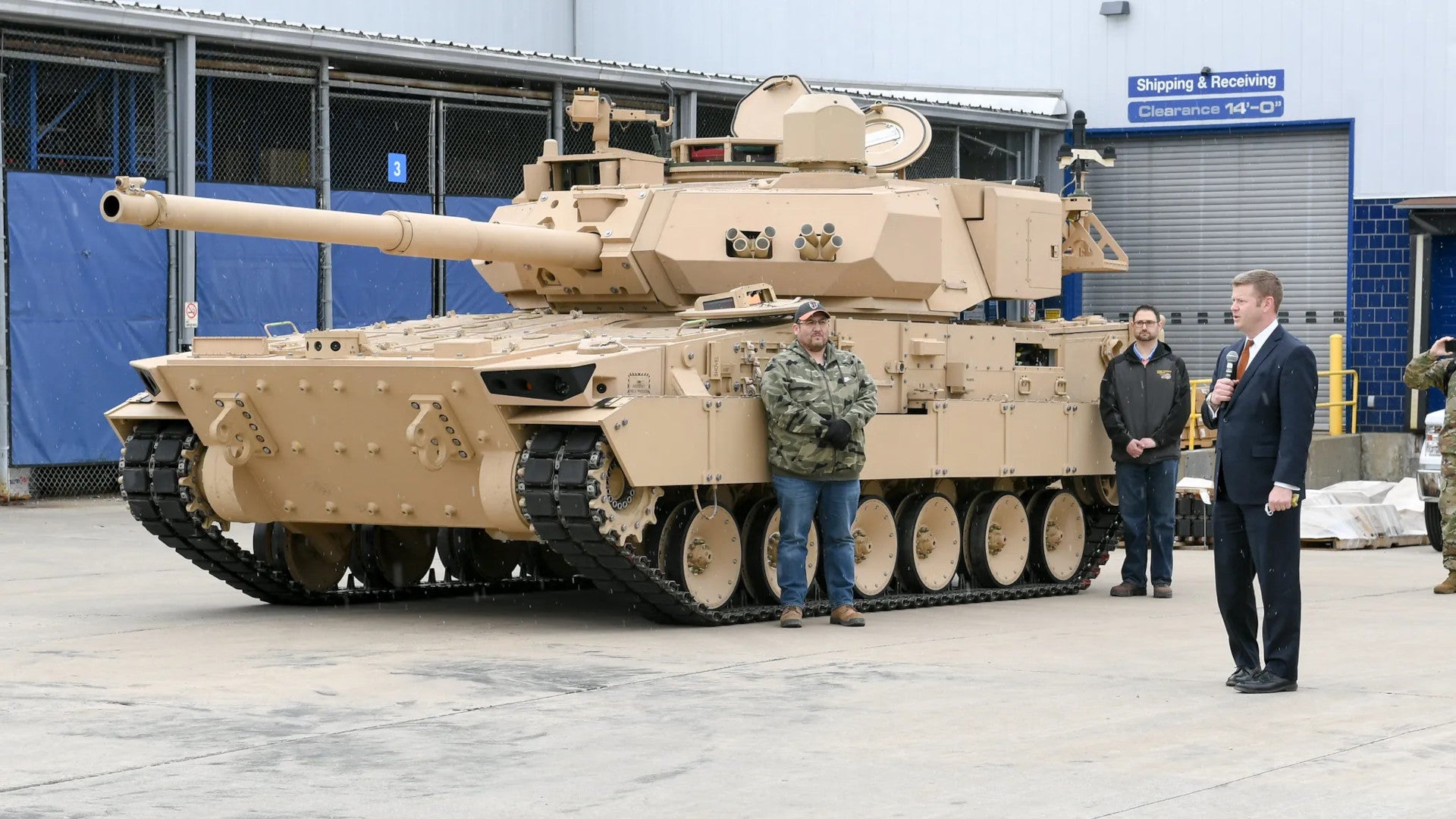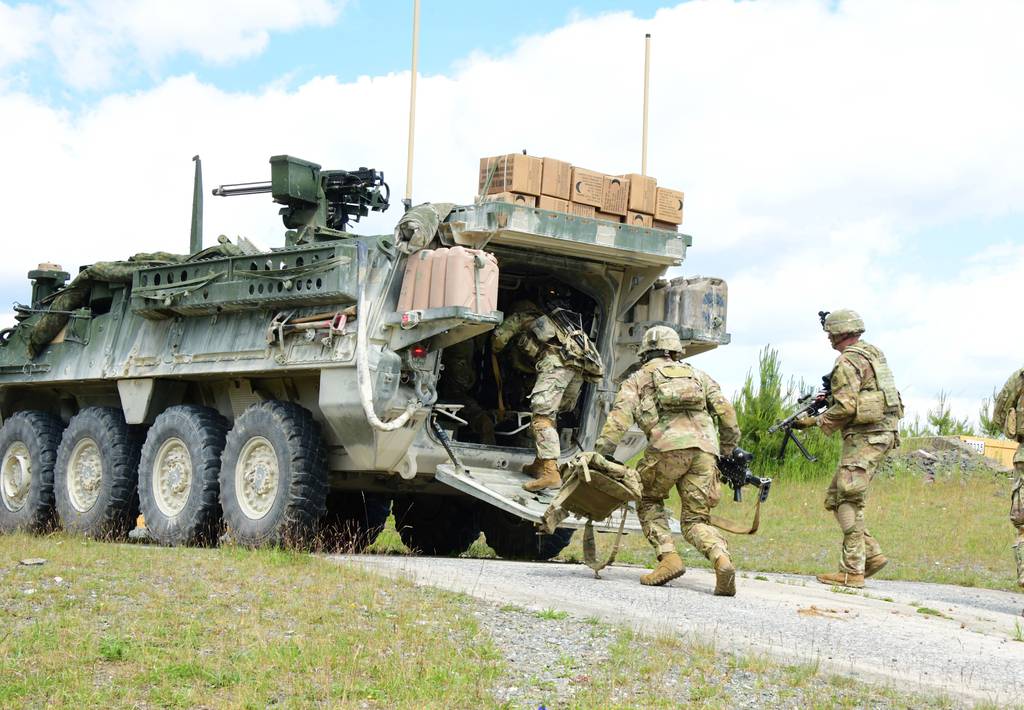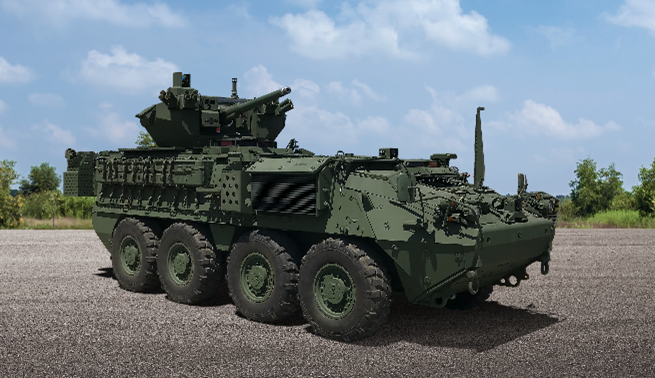- Joined
- 11 March 2012
- Messages
- 3,253
- Reaction score
- 3,190
Is the age of the tank over, is now the real question after watching the war in the Ukraine?
Tanks without APS are almost sitting ducks waiting to be picked off one by one...
I would go for a recon tank-drone with a UAV overhead, and a mortar-unit somewhere far enough away as alternative for a tank. The tankdrone is there for getting enemy combatants out of hiding, the UAV for spotting them, and the mortar for shelling them.
That debate has been raging for more than a century.
It is a predictable arms race between armor and anti-tank weapons. Every time some one invents a new type of armor, opponents invent a new type of armor-penetrating weapon. The race started during World War 1 - the week after Britain introduced the first tanks - when Mauser introduced the large-caliber tank gewehr (tank rifle).
Then we saw thicker armor countered by higher-velocity and larger caliber guns, HEAT, HESH, APDS, rinse and repeat.
The most recent anti-tank missile is the top-attack Javelin missile, so Russian tankers added overhead slat armor to the roofs of their existing fleet of tanks.
The only thing predictable is that current-production tanks will face a new generation of anti-tank weapons before they retire. This is where bolted on armor upgrades come in handy. They also allow delivering light-weight tanks during the first round of an assault, then bolting on the armor that arrives during the second wave of the assault. This is why I suggested an armored boat hull (proof against current production land mines) with various bolt-on kits for side and top armor.
As for depending upon mortars or artillery ... it all depends upon where defenders are hiding. If they are hiding in basements and shooting out of ground floor windows, you will need thousands of rounds of mortar or artillery ammo to collapse a multi-story concrete building on top of them. OTOH 1 or 2 rounds of flat trajectory high explosive will kill all the defenders in a concrete room.
High-velocity, flat trajectory tank guns are also handy for hitting fast-moving targets. For example, during the Korean War, RCN ships took turns shooting North Korean supply trains sprinting from one tunnel to the next tunnel.
And keep the gross weight with in the 10 or 15 tons that a C-130 or heavy-lift helicopter can handle. Remember that most purchasers will barely be able to afford a handful of transport aircraft. And this light-weight tank will be the heaviest vehicle they can afford.
Last edited:

